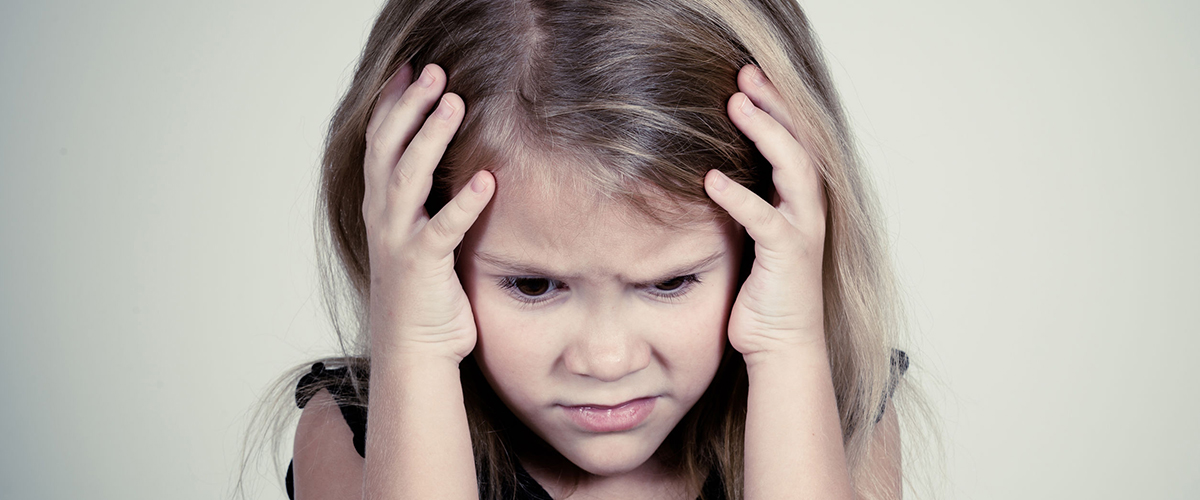
Why “Toxic Stress” in Children Is More Common Than You’d Think
Heartbreaking though it may be, many children experience stressful events in their lives that can be traumatic. But according to trauma expert Chris Bray, PhD, of the University of Minnesota’s Ambit Network (a center in the National Child Traumatic Stress Network), having an attentive and supportive parent can make all the difference, and is often the most important predictor of a good outcome.
“Very young children need nurturing, reliable and consistent care-taking to recover from trauma,” Bray says. “Stress in a young child most often rises to the level of toxic trauma when a child doesn’t have the support of a parent or caregiver.”
There’s a name for it, too: child traumatic stress (CTS). And according to the National Child Traumatic Stress Network (NCTSN), it affects both the minds and behavior of very young children who suffer from it.
Understanding CTS
CTS is defined as toxic stress that lasts more than a month. The physical indicators of CTS include a faster heartbeat and continually activated adrenalin or cortisone levels. Some of the causes of CTS in young children are:
- Natural disasters
- School violence
- Domestic violence
- Abuse and neglect
- Poverty
- Homelessness or frequent moves
- Bullying
- A parent being deployed
- Family involvement in the juvenile justice or child welfare systems
- The death or serious injury of a loved one
How Parents Can Make All the Difference
CTS can occur when there is a cumulative amount of stress (more than one stressor, or repeated occurrences of stress).
“Stress rises to the level of trauma when a child doesn’t have the support or tools they need to cope,” Bray explains.
But not all children react the same ways, she notes. “Different children can experience the same situation and have different reactions,” Bray continues. “That’s where the resilience piece comes in; some children are more resilient than others for a variety of reasons including having supports in their lives.”
It’s important for parents to be in control of their emotions during tough times, Bray says, but that’s not always easy.
“If you are a parent experiencing trauma, it’s hard to teach or model emotional control,” Bray shares. As an example, Bray says that it can further harm a child if a parent yells and imposes strict discipline when a child misbehaves, rather than calmly speaking to the child.
“Some sort of intervention can help the parent realize what’s going on and learn additional parenting skills,” Bray notes.
Spotting Symptoms of CTS in Young Children
Young children experiencing CTS commonly feel helpless and cry for help. Other symptoms include:
- Feeling anxious when separated from a parent or caretaker
- Regressing in skills (such as language or toileting)
- Becoming very quiet and passive
- Suffering nightmares or night terrors
- Having intrusive thoughts or having flashbacks about the traumatic experience
- Reacting to triggers about the experience
- Experiencing high state of arousal (waiting for the next bad thing to happen)
- Being Hyper vigilance (always looking over their shoulder, not trusting adults)
- Having aggressive outbursts
When To Seek Help
Some children simply need more help than a parent can give, and in those cases, it’s important to consult a professional. If left untreated, CTS can have a life-long impact on a person’s relationships and emotional, physical, and mental health. Seeking the help of a mental health professional trained in evidence-based trauma treatment can make all the difference in helping a child recover.
